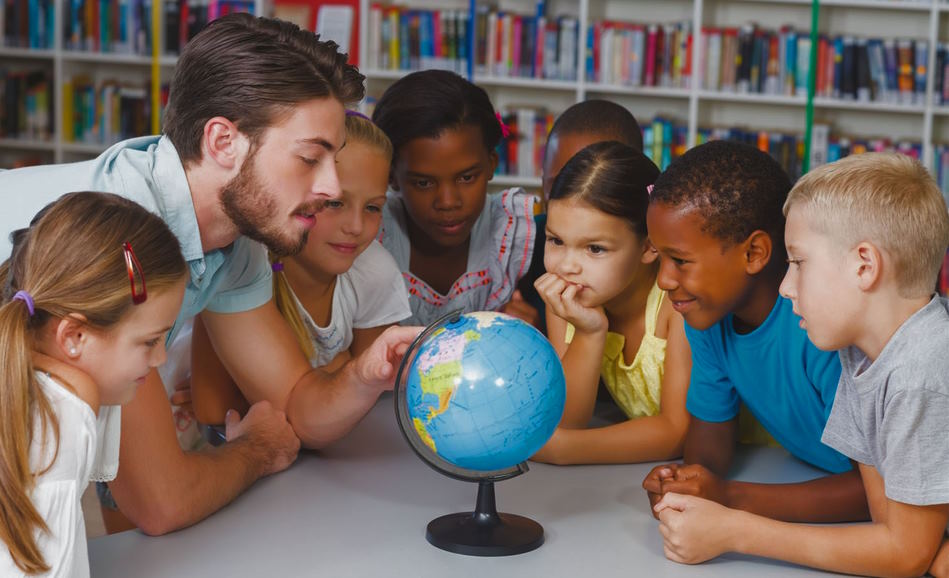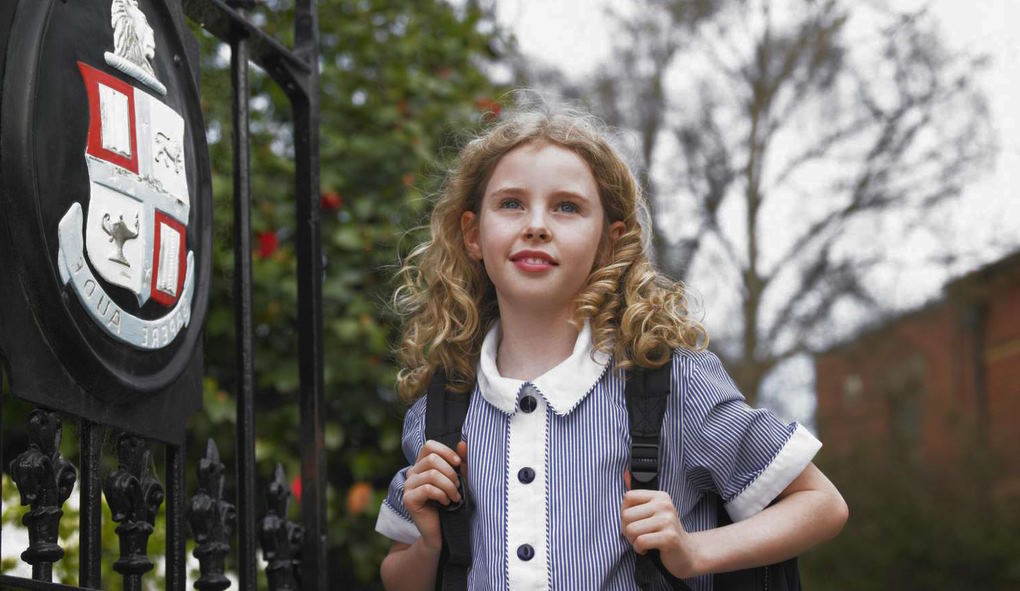When it comes time to select a school for your child, everyone’s experience is different. There are many factors to consider; cost, location and academics all play an important role in determining the right school for your child. But perhaps one of the most significant decisions you’ll have to make when picking a school is whether you should enroll them in public or private education. Private schools typically offer smaller classes and often accept students with higher academic achievement than public schools. On the other hand, public schools can provide larger resources and more extracurricular activities that enhance learning opportunities that may not be available in private spring settings. Both educational pathways ultimately strive towards giving children top-notch quality education through enriching curriculums and meaningful connections made with teachers and peers who learn by their side each day – whether they choose between Public or Private schooling settings. In this blog post today, we’re going dive into navigating this decision-making process, so you feel comfortable selecting what suits best for your family!
The pros and cons of public and private schools
For some, a public school may provide more benefits than drawbacks, while private schools may be the better option for others.
Public schools typically offer larger class sizes with more diverse groups of students, allowing them to develop social skills and gain exposure to different cultures and perspectives. They are also typically funded by local taxes, allowing them to offer lower-cost programs. However, they can lack in resources due to budget cuts or lack of funding, and class sizes may be too large for individual attention from teachers.

Private schools often have smaller class sizes and access to more resources than public schools due to their tuition fees. This provides individualized attention and an environment conducive to learning and growth. Additionally, private schools may offer more rigorous curricula or specialized programs for students with specific needs. However, these schools often have higher tuition fees that can financially burden families.
Ultimately, each student’s needs should be considered when choosing between public and private schools. While both pros and cons exist, parents must decide which option offers the best fit for their child’s education. Only then will they truly understand the differences between public and private school instruction.

Must-ask questions when choosing between public and private schools
- What is the student/teacher ratio?
- What programs and resources are available to students?
- Are there any extracurricular activities or sports teams offered?
- How long has each school been in existence?
- Is there an admissions process or entrance exam requirement?
- Are class sizes small or large?
- Is the curriculum focused on college prep, career preparation, or both?
- How much parental involvement is expected of students’ families?
- Are there any religious affiliations associated with either school?
- Does the school have a reputation for academic excellence and success?
- Does the location of the school influence its educational environment and resources available to students?
- What safety and security measures are in place to ensure the well-being of students?
- Is tuition and other fees affordable for families?
- Does the school offer any scholarships or financial aid options?
- Is there transportation provided to and from the school, if needed?
- Are there any opportunities for advanced studies or specialized classes available?
- What professional development is offered to faculty and staff?
- How do parents and guardians stay informed about school events, policies, and student progress?
- Are classrooms equipped with up-to date technology, such as computers and interactive whiteboards?

